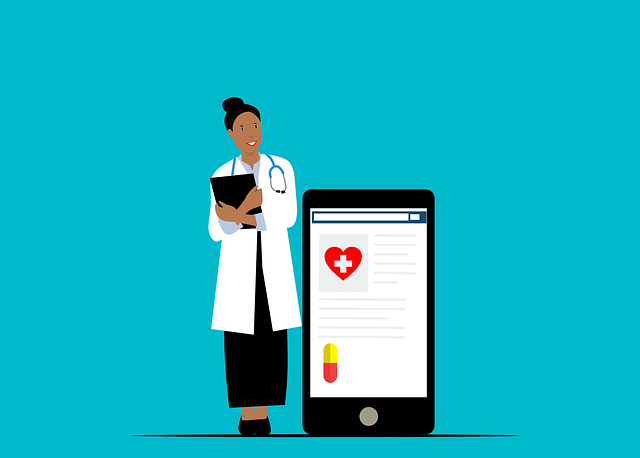With two years of digital health experience under my belt, I can confidently predict that our industry has entered an entirely new era of care. Here are my four predictions for digital health in 2023.
1. More at-home testing platforms and products will be approved by the FDA.
Since 2009 and the outbreak of pandemic flu, society has become more socially distant, which has resulted in an increase in telehealth consultations. Since 2020 when Medicare beneficiaries gained access to telehealth through DHS expansion of access, Medicare enrollees increased by 7,400% within six months and rapid home tests reached their highest point on market – this coincides with an increase in use. Most people today feel comfortable using home-based COVID-19 tests for monitoring health and providing information.
Our regulatory system also paves the way for virtual and digital health care services, including virtual site visits from FDA’s Center for Devices and Radiological Health (CDRH)’s Engagement Leadership Platform (ELP). ELP allows companies, academics, clinical facilities and others to share knowledge with FDA regarding product policies, manufacturing/laboratory practices, patient perspectives/input challenges/quality management among others.
Mobile platforms, wearables and artificial intelligence are key areas of interest to ELP. According to FDA, novel digital health technologies and therapies raise new questions regarding safety and effectiveness, necessitating further analysis into product’s software development process, clinical validation process, risk management activities as well as lifecycle requirements that demonstrate responsible digital health innovation.
2. Virtual services and telemedicine will soon be covered by more insurance providers.
Insurance companies have gradually adopted telemedicine as it becomes more widely accessible, becoming a standard inclusion in employee benefits programs such as Kaiser Permanente’s plan which offers virtual first coverage. Other plans, like those provided by Humana or United Healthcare allow people to select between virtual or physical appointments.
TTelehealth, coupled with efficient medical practice management software, can provide a more cost-effective way of receiving healthcare services. United Healthcare states that patients can potentially save up to $2,000 by opting for telehealth instead of visiting Urgent Care facilities. Furthermore, an impressive savings of over $130 can be achieved by exclusively utilizing telehealth services instead of Urgent Care. Additionally, many healthcare providers now offer round-the-clock access to telehealth, making it a convenient option for patients in need of medical assistance.
3. Preventative medicine will receive greater consideration.
In the past, treating illness was reactive rather than proactive. Reacting after something had already gone wrong resulted in immense healthcare costs and poor patient outcomes.
People are now taking proactive steps to maintain their health before issues arise, using fitness wearables and wellness tools like fitness trackers to maintain routines and prevent chronic issues like depression, diabetes, circulation problems and dehydration. Employers are offering more wellness products such as meditation apps, athletic classes or wellness tools to prevent chronic diseases.
Wearables, digital platforms and biomarkers can provide users with an increased awareness of their health and wellness trends. Wearables, digital platforms and biomarkers allow users to identify early risk factors and preventative measures. Because this data is stored digitally, sharing it with doctors and providers for a comprehensive health analysis is straightforward.
4. Digital health companies will benefit from technological developments in unexpected industries that allow them to become more advanced.
Companies leveraging virtual reality, gaming, and wearable platforms gain invaluable data about how people utilize technology – what’s useful and what is not. Different industries can benefit by joining forces.
My team and I first began exploring apps for digital health five years ago, when the hardware and software capabilities on smartphones we targeted were still limited. Since then, however, smartphone capabilities have rapidly advanced – thanks to camera improvements as well as features such as panoramic image capture, enhanced video playback, dark mode capabilities. These advancements will drive digital tests of health forward with more precise, precise, engaging information for their users.
Take for instance the development of lateral flow tests: in the past, lines on rapid flow assays such as Covid-19 tests or pregnancy tests could only be read visually; later companies offered “digital result” by attaching disposable sensors that read lines and displayed results digitally on screens connected via Bluetooth to phones for capture of results; now image analysis using phones’ native cameras captures and interprets results without using disposable onboard sensors to interpret results and capture results.
I’m eager to observe the rapid advancement of digital health over the next year and thank all organizations and institutions who are contributing to making healthcare more affordable for everyone.
Author Bio:
Nathan Bradshaw is a Senior Health IT Journalist, Researcher & Writer. With 15 years of Health reform, IT consulting, emerging technology assessment, quality programs, governance, compliance and information security experience, he is your go-to person for leveraging technology to gain competitive advantage. You can connect with Nathan at nathan.bradshaw@curemd.com








